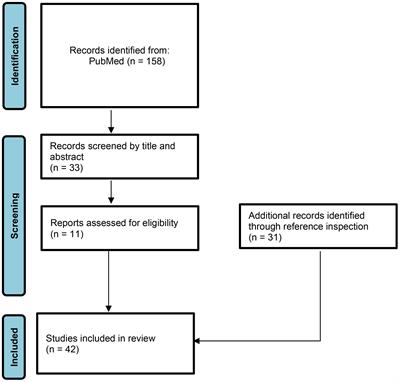The relationship between infectious agents and juvenile dermatomyositis: a narrative update from the pediatric perspective

Juvenile dermatomyositis (JDM) is the most common inflammatory myopathy affecting children, being marked by chronic inflammation which mostly impacts on both skin and skeletal muscles; diagnostic criteria of JDM include an unforeseeable mixture of clinical features, while treatment modalities commonly require corticosteroids or immunosuppressant agents. Although the pathogenesis of JDM is not completely understood, several infectious triggers have been linked to its priming via anecdotal reports related to children. Pediatric cases of recent-onset JDM have been temporally associated to an infectious disease by the power of increased titers of circulating antibodies to a putative infectious agent, including parasites, and/or detectable viral RNA or bacterial DNA. With this narrative review we offer an update about JDM association with a host of infections, namely parvovirus B19, Epstein-Barr virus, Coxsackie virus, human immune deficiency virus, severe acute respiratory syndrome coronavirus 2, Mycoplasma pneumoniae and Toxoplasma gondii, as resulting from the medical literature. Few are the evidence-proved results addressing JDM as an unambiguous post-infectious disorder and available data specifically related to children are poor, highlighting the need of further research into the exploration between environmental cut-out factors and JDM..
Read the full article at the original website
References:
